Expert Chu Tuan Anh - Director of Aptech International Programmer Training System - shares about this issue.
+ According to experts , what are the biggest barriers that prevent poor women from accessing digital knowledge today, especially in rural and mountainous areas? Is it just a technology issue, or are there also invisible barriers such as social prejudice and lack of confidence?
Currently, poor women in remote areas face many barriers when accessing digital knowledge. First of all, there are tangible barriers related to infrastructure such as transmission lines, 4G and 5G broadcasting stations. Besides, there is the lack of technological devices such as smartphones, computers or laptops...
In addition to visible barriers, there are invisible barriers. For example, in a poor family where neither the husband nor the children use technology, the need and motivation of women to access digital knowledge is also significantly reduced. Another invisible barrier is limited time. Women in remote areas, like the general population, often depend on manual labor for their livelihood, leaving them with little time to learn or use technology. More importantly, there is low self-esteem. Due to limited access to quality education from a young age, many women feel that they are not capable of grasping new knowledge.
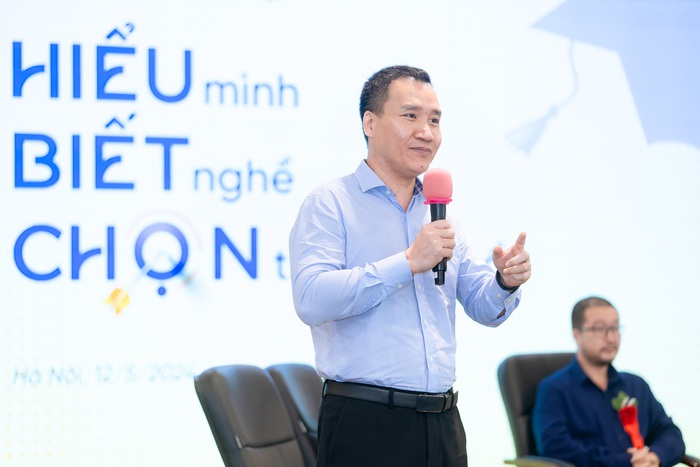
Expert Chu Tuan Anh - Director of Aptech International Programmer Training System - shares
In the context of comprehensive digital transformation, what fundamental skills are the "keys" that poor women need to master to open the door to digital knowledge? And who will help them get that "key"?
The most important basic skill for poor women is self-confidence. Only when they have self-confidence, they dare to proactively seek and grasp digital knowledge. The second skill is using basic technology devices. This includes simple operations such as turning on/off the TV, changing channels, or opening popular applications such as Facebook. Another important skill is proficient use of communication applications, such as Zalo, to perform functions such as texting and calling. Communication is a basic need and is used daily. When women master these skills, they will have more inspiration and motivation to proactively explore digital technology . The ability to search for information on the Internet is also an essential key.
Regarding the supporters, local authorities play the most important role. They are in regular contact with poor women, understand their needs and have appropriate approaches. The second group is the Women's Union, with a tight operating system from central to local levels, always standing side by side with women. Non- governmental organizations also contribute effectively in supporting training and improving skills. Finally, businesses and communities play an important role thanks to their abundant human and equipment resources. They are ready to provide the necessary support for poor women in remote and isolated areas to access digital technology.
What models and programs do experts consider effective in supporting disadvantaged women in accessing digital education and lifelong learning? What should be replicated?
Currently, Vietnam has implemented a number of effective models to support disadvantaged women in accessing digital education and lifelong learning. The Vietnam Women's Union also organizes free digital skills training programs to help ethnic minority and rural women access e-commerce and online business.
To scale effectively, several points need to be emphasized. First, programs need to be simple, approachable, and practical. Instead of using academic terms like “digital transformation,” they should be replaced with easy-to-understand expressions, for example: “How to sell over the phone?”, “How to see a doctor online?”, or “How to find information online?”.
Second , it is necessary to support technological equipment such as providing cheap phones, supporting equipment replacement costs, or setting up free Internet access points at village cultural houses, equipping high-speed networks for women to easily use.
Third , a learning support network should be built, including mentors who are available to help women with knowledge and equipment at convenient times and places where they can easily access them.
Finally , communication needs to be strengthened to change perceptions, emphasizing that technology is not difficult, and that anyone can learn and apply it. These factors need to be replicated to ensure disadvantaged women have more opportunities to access digital education and lifelong learning.
Amidst the "matrix" of information on the internet, how can women with little exposure to technology know what knowledge is correct and practical for their lives?
To help them identify the right knowledge, training and education programs need to be organized locally, combining two contents: digital technology skills and skills to distinguish reliable information. Timely support from experts or volunteers is needed, so that women can easily ask for opinions or advice whenever needed. Over time, this support will help them gradually recognize the right content, suitable for their needs.
Another important factor is integrating local culture into educational content. In addition, building a community that uses technology is also very effective. For example, creating a zalo group for women in the village or commune, where they can interact and exchange daily in a fun way. This is a friendly approach, making digital education more accessible, encouraging women in remote areas to confidently learn and apply technology in their lives.
Thanks expert!
Source: https://phunuvietnam.vn/mo-canh-cua-tri-thuc-so-cho-phu-nu-ngheo-20250414171824468.htm




![[Photo] Opening of the 14th Conference of the 13th Party Central Committee](https://vphoto.vietnam.vn/thumb/1200x675/vietnam/resource/IMAGE/2025/11/05/1762310995216_a5-bnd-5742-5255-jpg.webp)

![[Photo] Panorama of the Patriotic Emulation Congress of Nhan Dan Newspaper for the period 2025-2030](https://vphoto.vietnam.vn/thumb/1200x675/vietnam/resource/IMAGE/2025/11/04/1762252775462_ndo_br_dhthiduayeuncbaond-6125-jpg.webp)










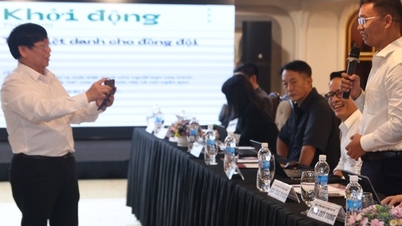




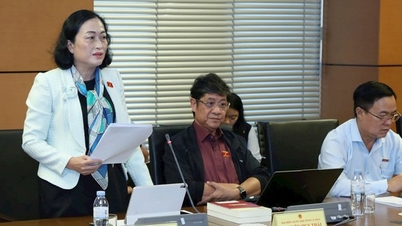
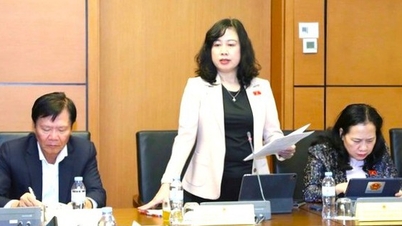

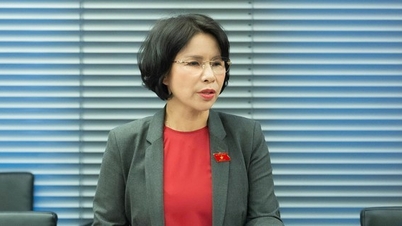

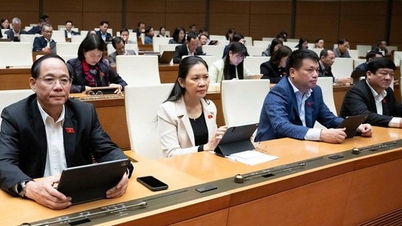




















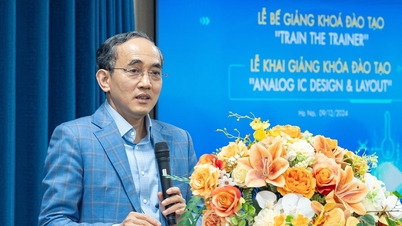
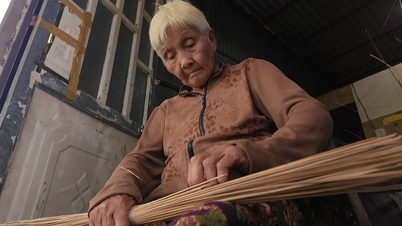






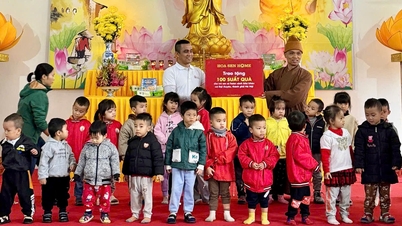







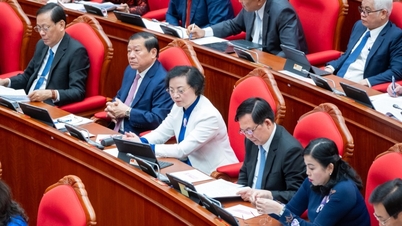




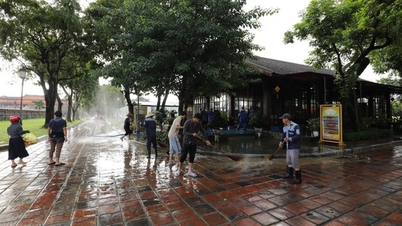

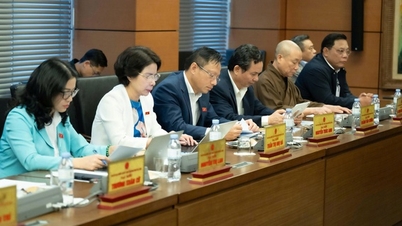
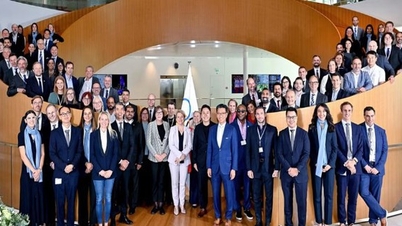

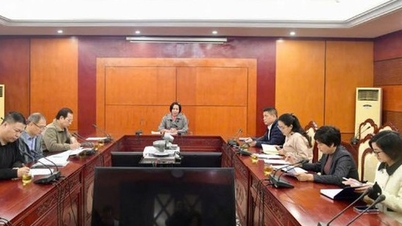
























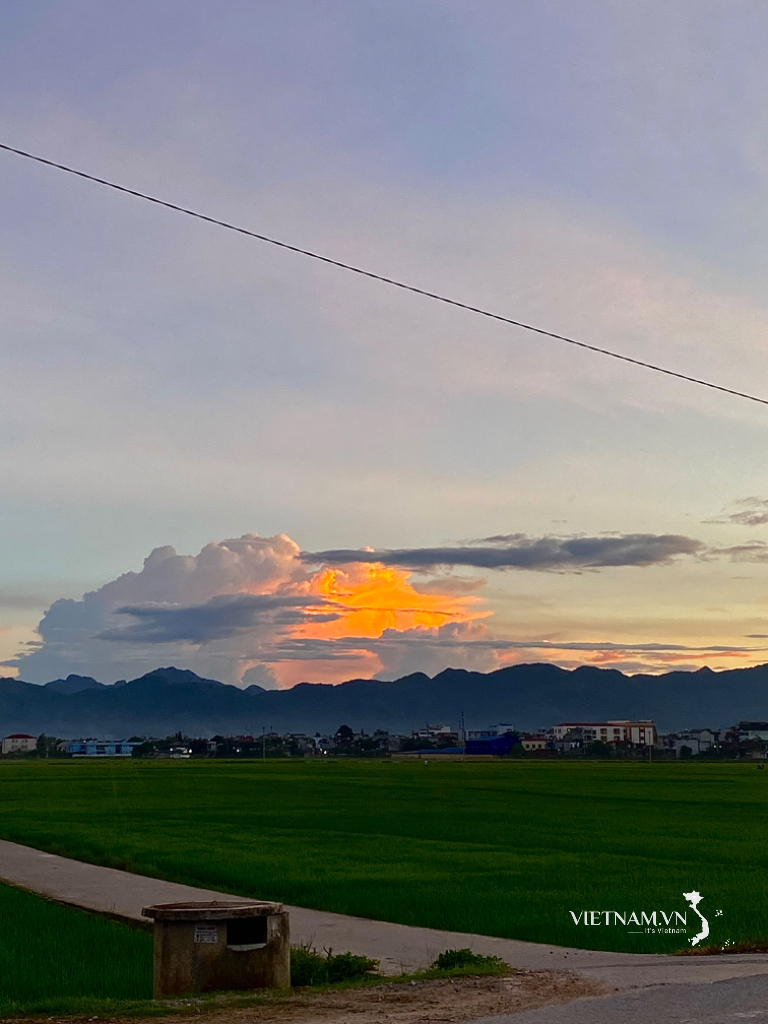

Comment (0)